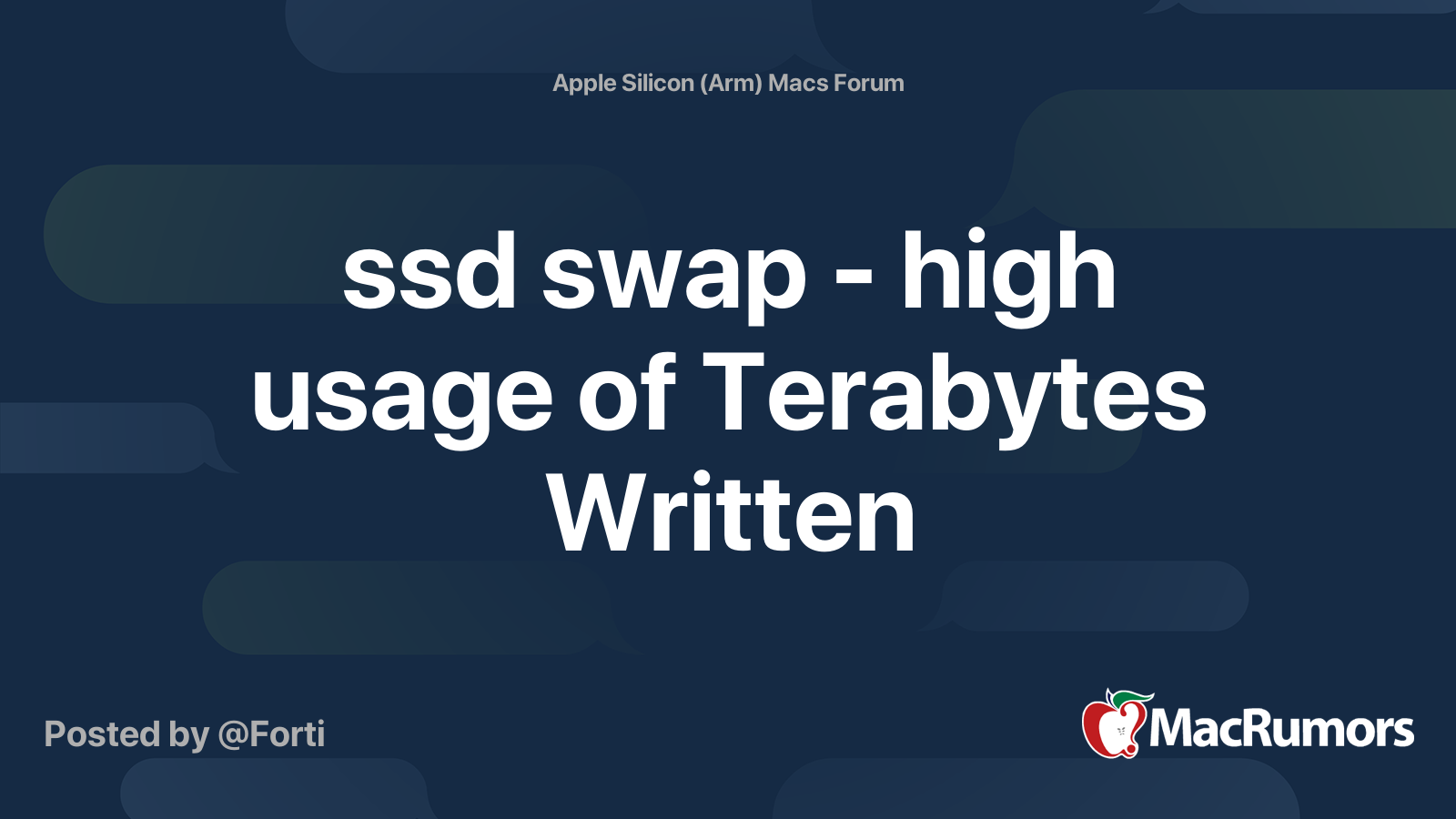Hi guys.
As a foreword, I must say I'm a total noob in terms of Macs or MacOS. Anyway, I've just got an M1 8/256. It was quite costly for me and I want it to serve me for a really long time. So I'm very much concerned about longetivity of its internal SDD and don't want to constantly worry about how much GBs were written to it every day and limit my wishes because of it (f.e. to not use Chrome or to not watch Youtube too much etc etc). Basically, I want the internal SDD to be used as little as possible and simultaneously to do everything I want with the mini and don't limit myself.
Hence the question, will a using of an external bootable SDD or HDD considerably lessen "Data Units Written" on internal SDD?
I'm not much concerned about speed, after all I used a Core 2 Duo machine with HDD from like 2007 before I got M1, don't point fingers at me, lol. Is it an effective way for the purpose? Or perhaps just redirecting the swap file to external drive (if it's possible at all) will achieve about the same?
As a foreword, I must say I'm a total noob in terms of Macs or MacOS. Anyway, I've just got an M1 8/256. It was quite costly for me and I want it to serve me for a really long time. So I'm very much concerned about longetivity of its internal SDD and don't want to constantly worry about how much GBs were written to it every day and limit my wishes because of it (f.e. to not use Chrome or to not watch Youtube too much etc etc). Basically, I want the internal SDD to be used as little as possible and simultaneously to do everything I want with the mini and don't limit myself.
Hence the question, will a using of an external bootable SDD or HDD considerably lessen "Data Units Written" on internal SDD?
I'm not much concerned about speed, after all I used a Core 2 Duo machine with HDD from like 2007 before I got M1, don't point fingers at me, lol. Is it an effective way for the purpose? Or perhaps just redirecting the swap file to external drive (if it's possible at all) will achieve about the same?



